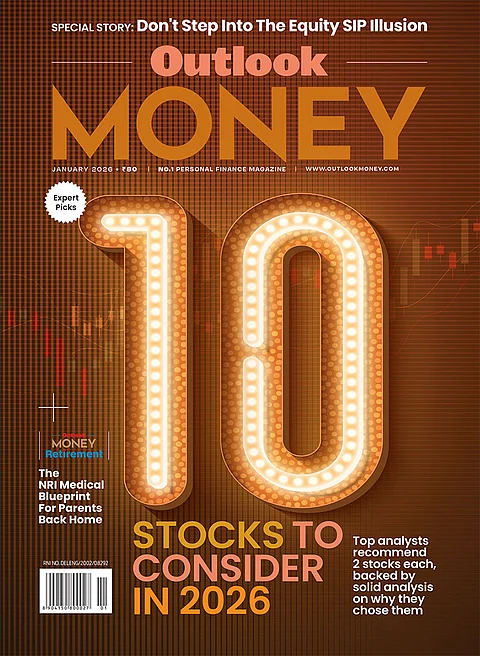At at the outset, it needs to be clarified that the basis of investment is not tax efficiency. Investment should be done as per your objectives, risk appetite, horizon, suitability, etc. Having said that, tax efficiency is relevant to enhance the net take-home returns from your investments. Since long-term capital gains (LTCG) and indexation benefit have been taken away from debt funds from April 1, 2023, a section of investors is looking favourably at hybrid funds. Certain hybrid funds are not as volatile as equity but enjoy the taxation of equity. For a holding period of more than a year, in the growth option of the fund, the tax rate is 10 per cent plus a surcharge and cess, for capital gains of over `1 lakh per financial year.
There are six categories of hybrid funds. Of these six, the ones that enjoy equity taxation are: (a) aggressive hybrid fund, arbitrage fund and equity savings hybrid fund by definition; and (b) balanced advantage fund and multi-asset allocation fund, provided they maintain more than 65 per cent in equity, which they usually do.
So the question is, if you are considering part of your fresh deployment in mutual funds in hybrid categories, which otherwise may have gone into debt, which categories are comparable in composition and functioning. We will discuss two of these fund categories today.
The nearest to debt of the five categories mentioned above is arbitrage. Let us understand how funds in this category function to help you decide on investing. The term arbitrage refers to the simultaneous purchase and sale of an asset to profit from a price difference. It is a trade that earns profit by exploiting the price difference between identical or similar financial instruments in different markets or different forms. Arbitrage funds, which we are referring to here, play in the price differential between equity shares in the cash and stock futures markets. Typically, the price at which a stock is sold in the stock futures market is higher than the price at which it is purchased in the cash or spot market. There is no directional call on the equity market (prices may increase or decrease), but arbitrage funds derive their income from the stock futures arbitrage. From a technical viewpoint, arbitrage funds have 65 per cent or more of the portfolio in cash futures arbitrage, and 35 per cent or less in debt or money market instruments.
From a practical perspective, these funds may be akin to fixed-income funds, as there is no directional call on equities. Returns do not come from equity market moving up, but from the price differential between the two market segments. Every ‘buy’ position in an equity stock is offset with a ‘sale’ position in the futures of the same stock. The 35 per cent (or less) component of the fund is invested in money market instruments. The fund manager is also allowed to buy debt instruments, which are of longer maturity than money market instruments.
However, usually, it is parked in money market instruments. Note that, arbitrage funds are not liquid fund substitutes. The spread between the cash and futures segments may be volatile. Over a reasonable holding period, the volatility settles down. The ideal holding period for arbitrage funds is one year, to ride out the cycles in the market—not the bull and bear cycles but that of cash futures spread. Over a one-year holding period, you get tax efficiency as well, that of LTCG in equity funds. If not one year, the investment horizon should be at least six months.
Equity savings hybrid funds have three components in the portfolio: equity (conventional), arbitrage (hedged equity as mentioned earlier) and debt. The allocation to each of the three compartments is as per the range mentioned in the scheme information document (SID). As per regulation, the equity (conventional) and hedged equity should constitute 65 per cent or more of the portfolio. This makes it eligible for taxation as equity funds. This category would have some volatility as some part of the portfolio (around one-third) is into equity. The solution is you should have three to five years to ride out the market cycles. The hedged equity component moves as per the cash futures spread. The balance portion is in debt.
Finally, whichever category of funds you choose, you have to ensure that the overall portfolio allocation to equity, debt or any other asset class, for example, gold, should be as per your objectives and suitability. It should not be dictated by tax efficiency as the primary criterion.
Joydeep Sen is a Corporate Trainer and Author







